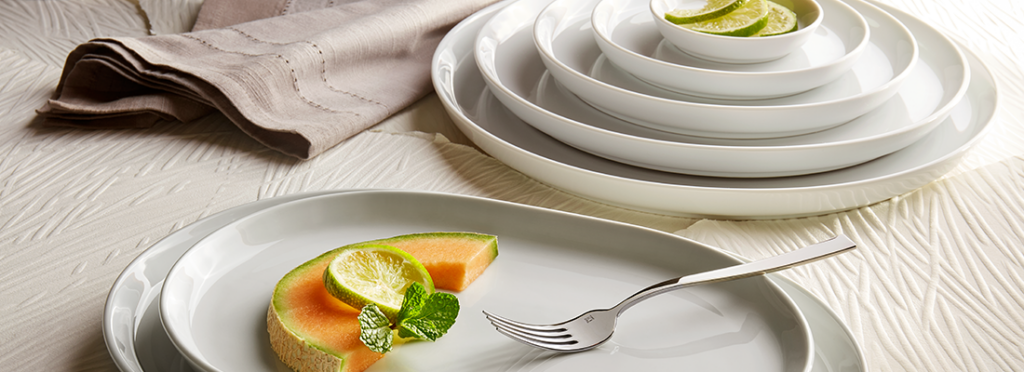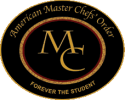No establishment is complete without stylish porcelain dinnerware. At Corby Hall, we’ve provided countless restaurants and hotels with porcelain plates, bowls, podiums, cups, saucers, jugs, and much more. We know the power of porcelain and how it creates a very impressive restaurant image.
At the same time, we’ve had many customers message us asking for porcelain maintenance tips. By design, porcelain is a very durable material – but it still needs to be properly cared for. Consequently, we have crafted this porcelain care guide to teach you how to look after your commercial porcelain dinnerware.
Tips For Cleaning Commercial Porcelain Dinnerware
Naturally, cleaning is a core part of porcelain maintenance. In a bustling restaurant setting, you need to be on the ball at all times to prevent staining. Certain liquids or foods may cling to porcelain plates or bowls and be difficult to remove.
Corby Hall has three tips to help you clean porcelain with no issues:
- Rinse Your Porcelain Dinnerware Immediately – The moment a table has finished with their food, remove the porcelain dinnerware and rinse it with warm water immediately. You don’t want the water to be too hot as porcelain can crack when being exposed to sudden temperature changes. Warm water is enough to rinse off any food and get the items ready for cleaning.
- Gently Clean Porcelain – It doesn’t take much to clean porcelain dinnerware. You can choose to do this by hand, but in commercial settings, a dishwasher is the best option. Load your items with care and ensure they cannot bang against one another. Choose a very gentle washing detergent without abrasive chemicals as it can scour the surface before selecting a mild cycle. The rinse you did earlier will enable the dishwasher to clean away any dirt or grime without being at an absurdly high temperature.
- Soak Your Porcelain For Tough Stains – If there’s a tough stain on any of your porcelain dinnerware, we suggest soaking it in a warm water bath. You can use baking soda in the bath to help latch onto the stain and pull it away. Never use bleach as it will damage the porcelain and leave imperfections in the finish.
Here’s a bonus tip: only wash porcelain with porcelain. If you have stainless steel flatware to wash, put it in a separate cycle or wash by hand.
The Correct Way To Handle Porcelain Plates & Dinnerware
You’ve seen how to clean porcelain, but another aspect of plate care revolves around handling. We must stress the critical importance of handling porcelain with care. You cannot throw it around or be aggressive when placing the plates down. While one of the benefits of porcelain is its durability, it will still crack or break when handled aggressively.
You must be gentle – and you must train your staff to be gentle too. This extends to clearing tables after customers have finished eating. It is tempting to gather as many plates as possible to stack them on a tray, but avoid doing this. Stacking porcelain is not advised as there’s a risk of damaging the coating or cracking the porcelain itself.
Instead, be sure that your porcelain tableware fits on serving trays without being stacked or coming into contact with other items. This may mean making multiple trips to and from a table, but it’s worth it to keep your products in the best condition possible.

How To Store Commercial Porcelain Tableware
Storing commercial porcelain tableware is difficult because it can take up a lot of space. With your silverware, the aim is to avoid stacking pieces to prevent scratches. The difference with silverware is that it’s a lot smaller and easier to arrange in tight spaces. You can comfortably keep things in plastic stacking boxes or drawers without facing issues.
Porcelain dinnerware includes plates, bowls, jugs, and many other large items. Unfortunately, the only feasible option is to stack the items. As a consequence, you must implement protective measures to stop the plates and bowls from knocking against one another.
Most restaurants will opt for one of these two options (or possibly both):
- Plate Separators – You can find products that split up your storage cupboards into mini shelves, allowing plates to have their own place. It’s also possible to find ones that let you store things vertically, with each plate fitting into a slot. We don’t tend to recommend this as vertically storing plates on their side increases the risk of them sliding out or falling.
- Soft Cloths – The most common idea is to have soft clothes under each plate or bowl. It means that the item being stacked above will not technically come into contact with the item below. The cloth forms a protective layer to stop chips or cracks from occurring during stacking.
Moreover, when you remove porcelain dinnerware from its storage place, always lift it up and take it out. Don’t drag the item out as this can scratch the bottom or cause small chips in the surface.
Inspecting Your Porcelain Dinnerware
At the end of every working week, you should make an effort to inspect your porcelain dinnerware. Look at every piece to spot any signs of cracks or chips in the material. If you notice anything, remove the item from circulation.
A porcelain bowl with a chip could very easily come into contact with other items and cause further chipping. Not to mention the obvious safety risks this poses to customers.
Porcelain Maintenance Is Simple With Corby Hall’s Dinnerware Products
At Corby Hall, we will help you follow a stress-free porcelain maintenance routine using our impressive assortment of high-quality dinnerware products. All of our porcelain items are made using the best materials to assure you of their durability. It makes them easier to clean and they can withstand minor bumps or scrapes.
If you’re interested in learning more – or wish to place an order – please contact us today.



